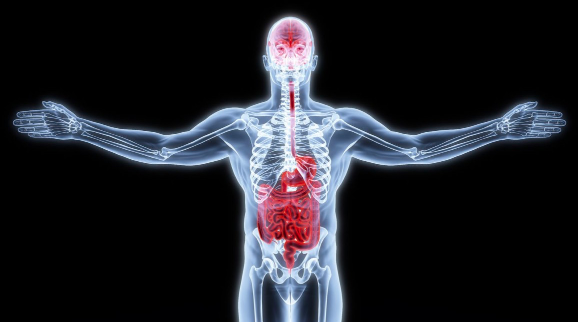Genetics of autism and gut changes the focus of new research and industry partnership

University of Melbourne researchers have teamed up with industry to explore the genetics underlying the relationship between autism and changes to the gut.
As well as the more well-known symptoms of impaired social communication and repetitive behaviour, people with Autism Spectrum Disorder (ASD) often have gastrointestinal problems like bloating, constipation and diarrhoea.
Gut bacteria, or microbiota, which are known to affect mood and behaviour and may be important in ASD.
University of Melbourne neuroscientist Elisa Hill said by exploring the biome, or the genetic make-up, of these bacteria, researchers hope to pinpoint specific microbes as targets for new therapies that would restore gut balance.
“We’ll be mapping microbes in the gut to understand how the brain and bacteria interact,” said Dr Hill, who is a co-investigator on the project.
Dr Hill is joined in a multidisciplinary team by La Trobe University microbiologist Associate Professor Ashley Franks and geneticist and pediatrician Professor Ravi Savarirayan of the Murdoch Children’s Research Institute (MCRI) and the University of Melbourne.
They will explore a compound developed by ASX-listed biopharmaceutical company Immuron — anti-LPS IMM-124E — and the changes it brings about in mice.
Dr Hill said environmental interactions between gut flora and people with ASD were difficult to capture, because “normal” human microbial profiles vary greatly.
“We do know that some waste products can affect the central nervous system," she said.
"Since scientists first began suspecting a link between gut flora and brain function, there has been media speculation that autism may be caused by these processes, which is most likely overstating the link.
“We believe our research has the potential to develop treatments that improve mood, behaviour and quality of life.”